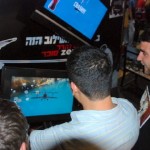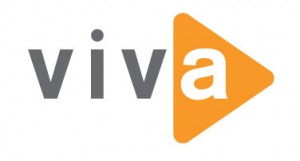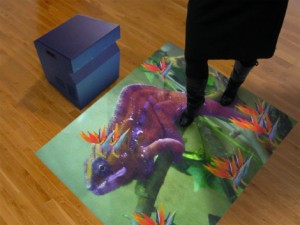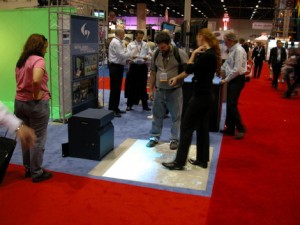EYE Adult Shopper Profile Study By Arbitron
May 22nd, 2009Arbitron continue their impressive research work and EYE continue mounting it up and releasing it, here we see them both release the EYE Adult Shopper Profile study which can and should be viewed at www.eyecorp.com/shopperprofile
The study was conducted in November 2008 (Arbitron surveyed adults aged 18 to 64 as they exited shopping mall) to allow marketers and advertisers greater insight into today’s mall shopper including their consumer behavior, psychographics and engagement with EYE mall media with a particular focus on the impact of the new economy.
Alton Adams, Chief Marketing Officer, Arbitron Inc. told us “The Adult Shopper Profile is a key measure of consumer spending and engagement with advertising. Advertisers can better target shoppers near the point of purchase by including these profiles in their place-based advertising decisions.”
In the data analysis, three distinct shopper segments emerged from the average group: carefree shoppers, power shoppers, and value shoppers.
Each of these segments has a distinct psychographic profile and spends significantly more money per shopping trip than the average shopper.
The carefree shopper tends to be between the ages of 18 and 24 and belongs to one of the segments of the population least affected by the economy. While half of the segment has jobs, they may still receive supplemental financial support from parents. That additional support and a relative lack of obligations allow them to spend around USD 500 each month at EYE malls.
Power shoppers skew female, tend to be between the ages of 25 and 44, and are more likely to have children in the household. The power mom shops for the entire family, visits more stores per mall visit and spends over USD 9,000 per year in EYE malls.
The value shopper specifically looks for sales while shopping and is twice as likely to buy items on sale as other shoppers. Even with these sale strategies, the value shopper spends nearly twenty-five percent more than the average shopper as they are triggered to spend more than they intended when they see good value in an offering. Almost three-quarters of value shoppers are female and are likely to be between the ages of 25 and 44.
Cassandra Thomas-Smith, EYE Global Insights Director told us “This research project gives EYE a new layer of insight for advertisers looking into motivators and influencers that make shoppers a valuable audience to engage with. We have been able to uncover higher spending segments, moods and factors that increase activities like store visits in the mall, and engagement with mall media.”



 promos. The Westinghouse Car Wash Display is a unique solution that provides car wash customers with the latest product information and the day’s best deals while they wait in line before making their purchase. It‘s also a great way for car washes to inform customers of the newest products and services available.
promos. The Westinghouse Car Wash Display is a unique solution that provides car wash customers with the latest product information and the day’s best deals while they wait in line before making their purchase. It‘s also a great way for car washes to inform customers of the newest products and services available. 

 various digital out-of-home media properties, strengthening its position in the Canadian industry.
various digital out-of-home media properties, strengthening its position in the Canadian industry.

 motion-based interactivity to any location.
motion-based interactivity to any location. Target market is retail chains, hospitality locations and advertising rollouts. Its visual appeal causes passers-by to stop in their tracks and engage with the brand. Its portability allows it to be used for time-specific promotions, and to be easily moved from location to location, depending on the organization’s advertising and marketing requirements. The Cube is also suitable for trade shows and traveling events, due to its mobility and ease of use. Cubes can be set up anywhere, and within minutes are fully interactive.
Target market is retail chains, hospitality locations and advertising rollouts. Its visual appeal causes passers-by to stop in their tracks and engage with the brand. Its portability allows it to be used for time-specific promotions, and to be easily moved from location to location, depending on the organization’s advertising and marketing requirements. The Cube is also suitable for trade shows and traveling events, due to its mobility and ease of use. Cubes can be set up anywhere, and within minutes are fully interactive.



Follow DailyDOOH